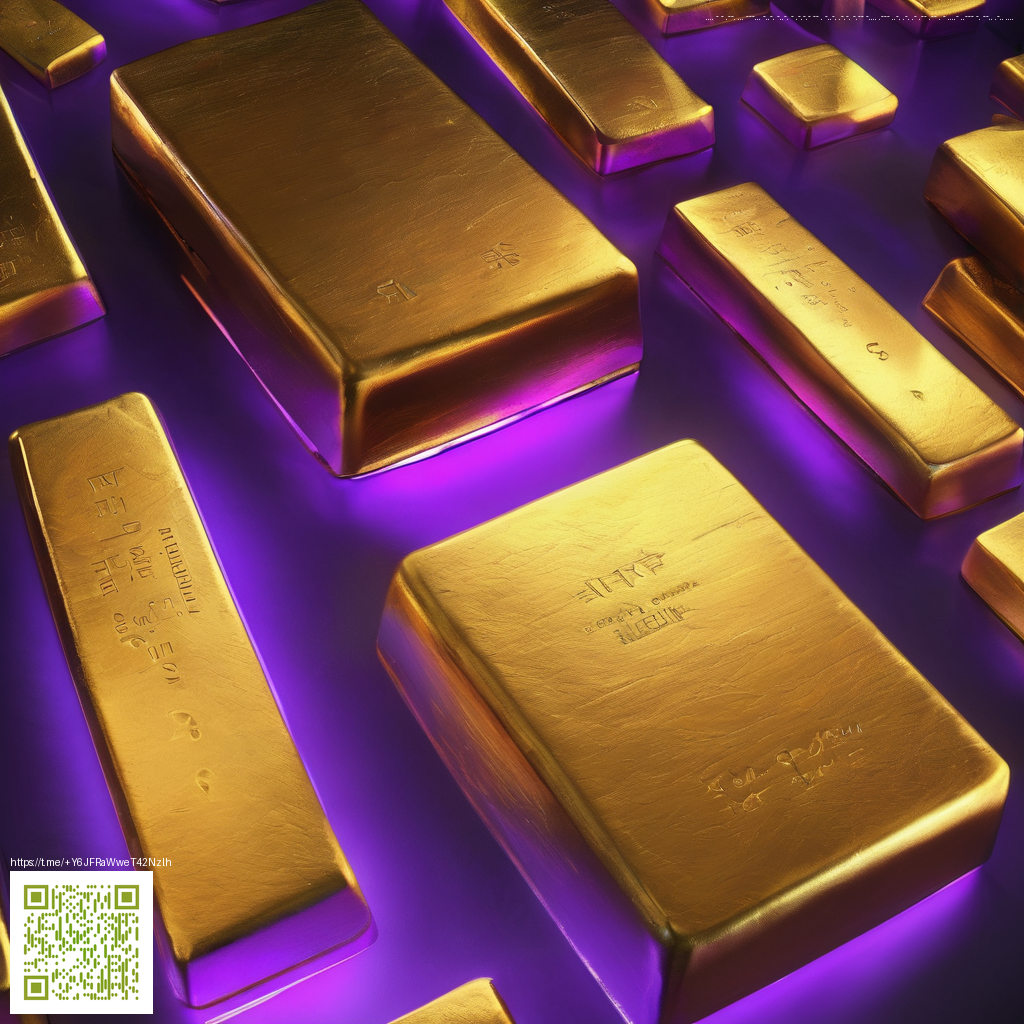
Hybrid Media Unplugged: AI Art and Paper Overlays
Hybrid media is changing how we think about creativity. It fuses the precision and scope of AI-generated visuals with the warmth, irregularities, and tactility of paper overlays. The result is an art form that feels both futuristic and handmade, inviting viewers to experience texture, depth, and light in new ways. When layers intersect—digital motifs sitting atop real-world paper—the artwork becomes a conversation, not a single statement.
In this space, hybrid media isn’t about replacing traditional craft with software; it’s about pairing the strengths of both realms. AI art can offer bold compositions, unexpected color interactions, and scalable experimentation. Paper overlays, on the other hand, introduce grain, fibers, and subtle imperfections that human hands notice and appreciate. The blend often yields pieces that are lively, tactile, and surprisingly durable—an appealing combination for artists and makers exploring new frontiers.
Why AI Art and Paper Overlays Make a Great Pair
- Texture and depth: AI can generate dramatic shapes and hues, while paper overlays add physical texture that catches light differently from every angle.
- Layered storytelling: Each overlay can carry its own narrative—transparent layers that reveal or conceal aspects of the underlying image encourage viewers to look twice.
- Accessible experimentation: Digital tools enable fast iterations, while the hands-on overlay process keeps creativity grounded and iterative.
From Concept to Creation: a Practical Workflow
- Ideation: Start with a concept that can be expressed through a combination of AI-generated imagery and a tactile texture you enjoy—perhaps a geometric motif overlaid with a hand-printed grain pattern.
- Generation: Produce a suite of AI-generated variations and select those that harmonize with your chosen paper texture.
- Print and cut: Print overlays on archival paper or translucent sheets, then trim with precision to fit your substrate.
- Adhesion and layering: Apply overlays to your target surface. This could be a traditional canvas, a journal page, or a practical object—like the Phone Case with Card Holder MagSafe Compatible product, which makes for an intriguing canvas in daily life. Explore options on the product page here: Phone Case with Card Holder MagSafe Compatible.
- Finishing touches: Add a light varnish or protective coating where appropriate, and photograph the piece under varied lighting to understand how shadows emphasize the layered structure.
As you experiment, remember that hybrid media thrives on dialogue between methods. The physical overlay invites touch and presence, while the AI component provides an evolving palette that can push creative boundaries. Together, they allow artists to craft works that are dynamic, warm, and markedly contemporary.
“Hybrid media invites us to feel the artwork as much as we see it. The fusion of code and craft creates a dialogue between the digital and the tangible.”
For readers seeking a broader frame, this approach sits well alongside discussions of hybrid practice on related pages. You can explore more about AI overlays and mixed-media workflows on this companion resource: hybrid media and AI overlays – overview.
Practical Considerations for Makers
- Materials: choose archival paper and stable adhesives that preserve both the AI imagery and the physical overlay over time.
- Preservation: test lightfastness of AI colors on overlays and consider protective coatings for display pieces.
- Sustainability: prioritize recyclable or reusable overlay materials and opt for paper-based solutions when feasible.
Hybrid media isn’t limited to galleries. Its concepts translate neatly to everyday items, where digital art can be married to tangible textures to create unique, personal objects. If you’re curious about applying this approach to consumer goods, the example of a MagSafe-compatible phone case demonstrates how art, craft, and function can converge in a single object.